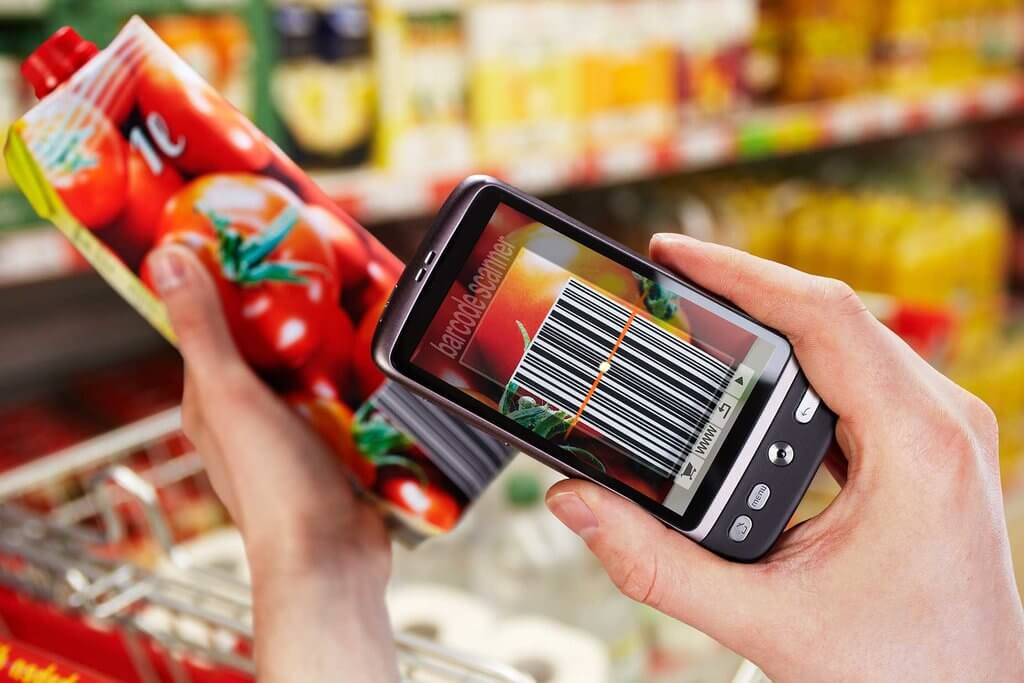How Sainsbury's first cashierless store pilot teaches us a valuable lesson about improving convenience for retail customers.
Lessons learnt from the UK’s first till-free grocery store trial

The UK’s first completely Cashier-less grocery store
The British supermarket Sainsbury’s has recently announced the end of its cashier-less store trial, concluding that ‘it’s clear that not all our customers are ready for a totally till-free store.’
The initiative involved the UK’s first till-free grocery store, utilising a mobile app with smartshop scan, a pay & go technology where customers can scan items with their mobile’s cameras as they move through the store.
Whilst there is huge potential in this technology which Sainsbury’s are trailblazing for, the trial did certainly have some initial setbacks. The pilot store experienced long lines at the help kiosk, due to many customers wanting to pay with cards and cash.
In response to this, Sainsbury’s have added a manned till and two traditional self-checkout tills to support the store’s mobile payments. Whilst this does mean the concept of a completely cashier-less store has been shelved for now, the mobile-scan option was clearly a sucess, with Sainsbury’s adding the payment option to eight additional stores.
Convenience isn’t one-size-fits-all
The first thing this technology-project highlights is the necessity of piloting new solutions before rolling them out on a larger scale. Sainsbury’s not only got this right, but they clearly paid attention to their customers during their pilot.
Whilst it’s possible Sainsbury’s were partly-motivated about the possibility of totally cashier-less stores (and the operational benefits those would bring), they rightly put their customers first and acknowledged an important truth: Convenience isn’t one-size-fits-all.
Improving customer experience is typically one of the main targets for technology investments in the retail industry. But doing this effectively is often about giving the customer more options, rather than just replacing the existing ones with something more modern and innovative.
Ultimately, solutions like this are designed to make shopping faster (One half of a strong customer experience). However, if you take options away from customers, especially ones they will naturally expect to have, you can slow the experience down and inadvertently add a friction point to your store.
Key Takeaways:
- When releasing new technologies, piloting the solution first in a small number of stores is crucial.
- When evaluating the success of pilots, it’s important to be unbiased and measure the full range of impact of the technology – This includes qualitative results as well as the regular measurable statistics.
- When improving customer experience, technology should look to give customers more options rather than replace existing ones that they may have grown to expect.




Leave a Reply